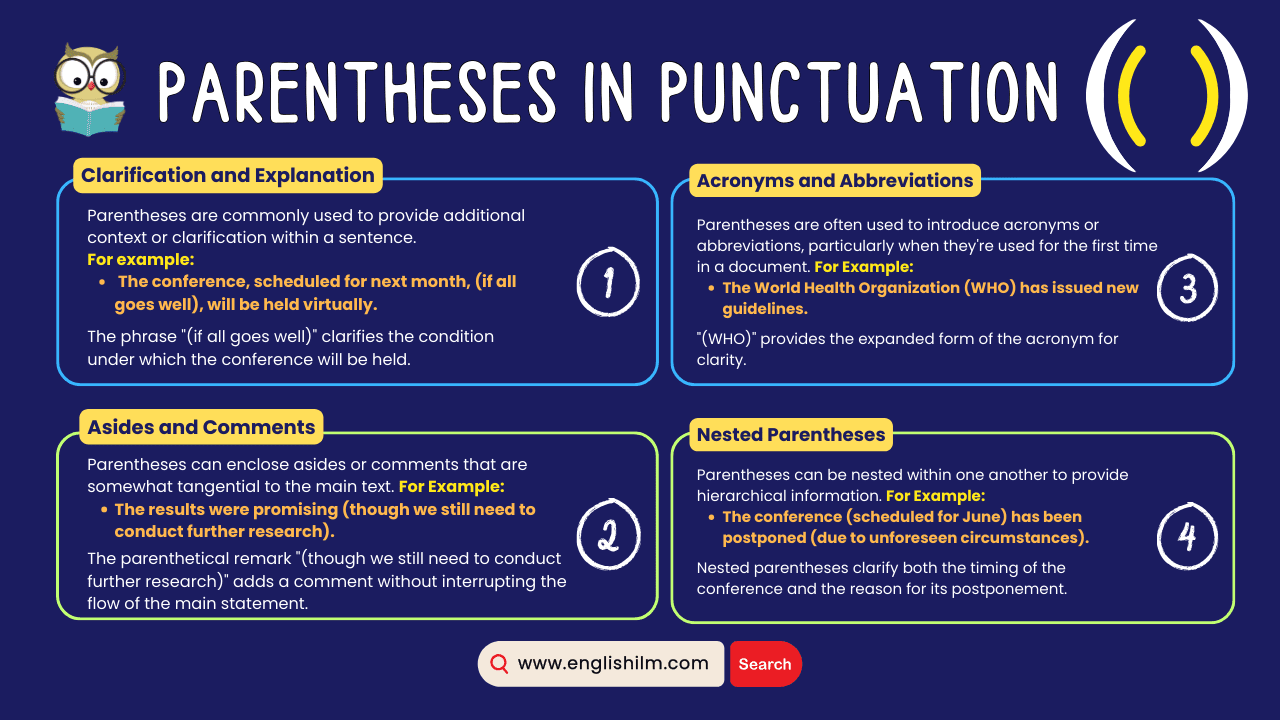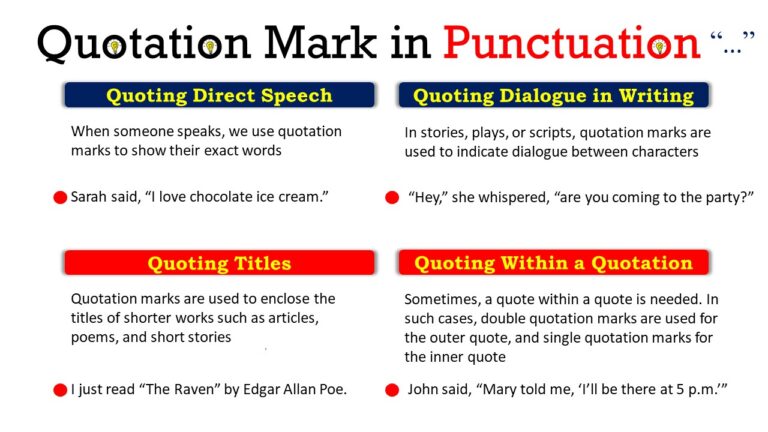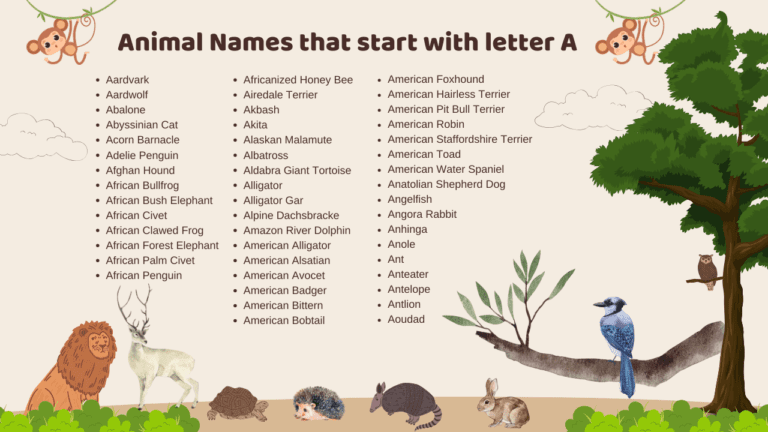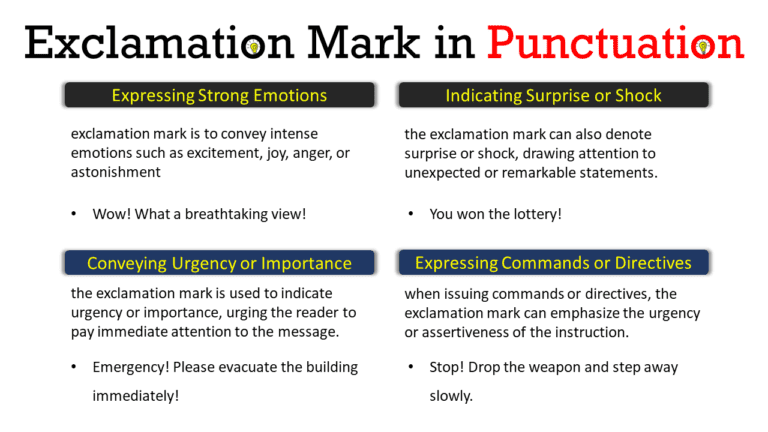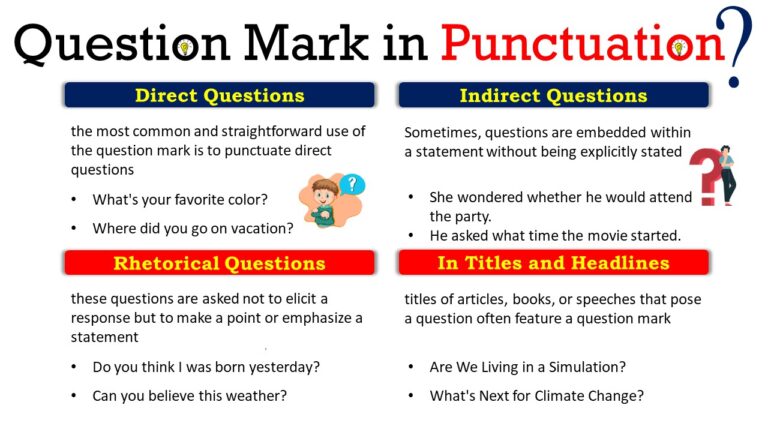What Are Parentheses?
Parentheses, denoted by the symbols “(“and”)”, are punctuation marks used to set off or enclose supplementary or explanatory material within a sentence. They function similarly to commasor dashes but offer a distinct way to present additional information without disrupting the flow of the main text.
Difference Between Parentheses and Parenthesis
This table outlines the main differences between Parentheses (plural) and Parenthesis (singular) in terms of number, usage, and examples.
| Aspect | Parentheses (plural) | Parenthesis (singular) |
|---|---|---|
| Number | Always used in pairs ( ) | Singular form of parentheses, used alone |
| Usage | Enclose supplementary or nonessential information. | Singular form refers to the punctuation mark |
| Examples | The concert (which was held indoors) was a success. | The information within the parenthesis is crucial. |
Uses of Parentheses
In this section, we will talk about the basic usage of parentheses in English, with examples and explanations:
1. Clarification and Explanation:
Parentheses are commonly used to provide additional context or clarification within a sentence. For example:
- Sentence: The conference, scheduled for next month, (if all goes well), will be held virtually.
The phrase “(if all goes well)” clarifies the condition under which the conference will be held.
More examples:
- The event (which starts at 7 P.M) will feature live music.
- She visited her favorite bookstore (located downtown) to find a new novel.
- Our team (comprising experts in various fields) will tackle the project.
- He attended the conference (hosted by a renowned speaker) for professional development.
- The recipe calls for butter (unsalted, if possible) for a healthier option.
2. Asides and Comments:
Parentheses can enclose asides or comments that are somewhat tangential to the main text. Consider the following:
- Sentence: The results were promising (though we still need to conduct further research).
The parenthetical remark “(though we still need to conduct further research)” adds a comment without interrupting the flow of the main statement.
More examples:
- The weather forecast predicts rain (unfortunately) for the weekend.
- We’ll proceed with the plan (barring any unforeseen complications).
- The presentation went smoothly (thankfully) despite technical issues.
- He’s an excellent cook (believe me), and his dishes are always delicious.
- The movie was entertaining (surprisingly), given its low ratings.
3. Acronyms and Abbreviations:
Parentheses are often used to introduce acronyms or abbreviations, particularly when they’re used for the first time in a document.
- Sentence: The World Health Organization (WHO) has issued new guidelines.
“(WHO)” provides the expanded form of the acronym for clarity.
More examples:
- We need to submit the report to the Human Resources Department (HRD) by Friday.
- She’s pursuing a Bachelor of Science (BS) degree in Computer Science.
- The document is saved in Portable Document Format (PDF) for easy sharing.
- He’s a member of the American Psychological Association (APA).
- The company’s Annual General Meeting (AGM) is scheduled for next month.
4. Nested Parentheses:
Parentheses can be nested within one another to provide hierarchical information:
- Sentence: The conference (scheduled for June) has been postponed (due to unforeseen circumstances).
Nested parentheses clarify both the timing of the conference and the reason for its postponement.
More examples:
- The book (which is on my bedside table) was a gift from my aunt (who loves literature).
- The seminar (attended by over a hundred participants) received positive feedback (despite technical glitches (such as microphone issues)).
- The new policy (enforced company-wide) has sparked debate (particularly among long-term employees (who fear change)).
- She’s studying for her final exams (in subjects like math (algebra and calculus) and science (biology and chemistry)).
- The event (planned for the park) was canceled (due to inclement weather (heavy rain)).
5. References and Citations:
Parentheses are frequently employed to include references or citations within a sentence.
- Sentence: According to recent studies (Smith et al., 2023), this trend is expected to continue.
“(Smith et al., 2023)” acknowledges the source of the information provided in the sentence.
More examples:
- Recent studies (conducted by renowned researchers) suggest a link between diet and mental health.
- The article (published in a reputable journal) explores new trends in technology.
- The author (a leading expert in the field) offers valuable insights into the topic.
- According to the survey (conducted by the National Institute of Health), exercise has numerous health benefits.
- She referenced several sources (including books, articles, and online resources) in her research paper.
Rules for Using Parentheses
These are the basic rules for using parentheses in our writing:
1. Placement:
Parentheses should be placed immediately following the text they enclose, with no intervening spaces except when used alongside punctuation marks. For example:
- She’s organizing a party ( scheduled for Saturday ) at her house. (Incorrect placement of spaces) ❌
- She’s organizing a party (scheduled for Saturday) at her house. ✔
2. Punctuation:
When a complete sentence is enclosed in parentheses, the closing punctuation mark (period, question mark, exclamation point) is placed inside the parentheses. For example:
- The movie (which I watched last night.) was surprisingly good. (Incorrect punctuation placement) ❌
- The movie (which I watched last night) was surprisingly good. ✔
3. Consistency:
Maintain consistency in the use of parentheses within a document. If parentheses are used for one purpose, such as clarification, continue to use them for similar purposes throughout the text. For example:
- The new employee hired last month is adapting well to the team. (Missing parentheses for clarification) ❌
- The new employee (hired last month) is adapting well to the team. ✔
4. Clarity:
Ensure that the use of parentheses enhances clarity rather than causing confusion. If the information enclosed in parentheses is crucial to understanding the sentence, consider rephrasing to incorporate it directly. For example:
- We need to finalize the budget before the end of the month to proceed with the project. (Missing parentheses for emphasis) ❌
- We need to finalize the budget (before the end of the month) to proceed with the project. ✔
5. Avoid Overuse:
While parentheses can be valuable tools, overusing them can disrupt the flow of the text and make it appear cluttered. Use them sparingly and only when necessary. For example:
- His presentation (filled with insightful data, impressed the entire board). (Incorrect placement alongside punctuation) ❌
- His presentation (filled with insightful data) impressed the entire board. ✔
Difference Between Parentheses and Dashes
| Aspect | Parentheses | Dashes |
|---|---|---|
| Purpose | Enclose nonessential information | Emphasize or set off phrases |
| Importance of Information | Typically less important or tangential | Can be more significant |
| Usage | Asides, explanations, clarifications | Sudden changes, interruptions |
| Separation | Creates a clear separation from main text | Emphasizes the enclosed phrase |
| Attention | Draws less attention | Draws more attention |
| Example | The concert (which was held indoors due to rain) was a great success. | The weather—unpredictable as always—caused the event to be postponed. |
Parentheses in Punctuation Chart
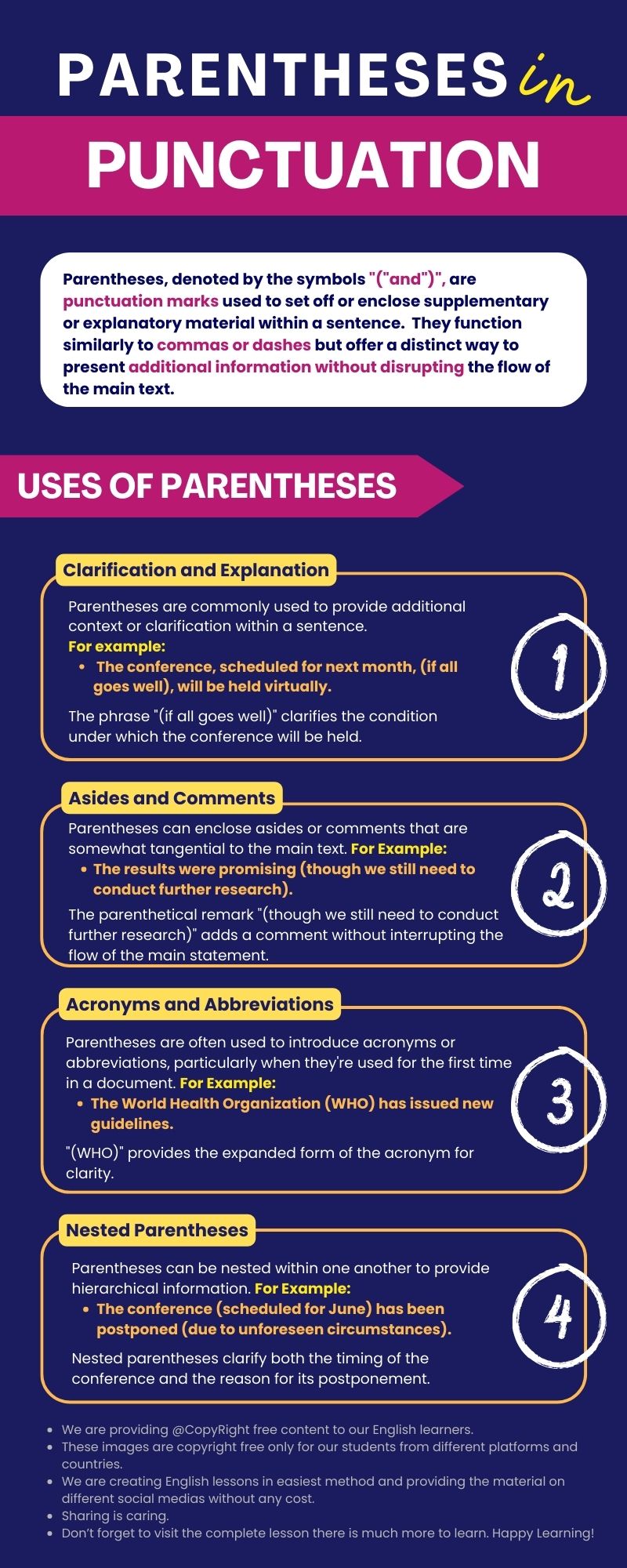
Read More

